
Find out how much it costs to install crown molding by type and size. Use our expert guide to figure out how much crown molding you need, how much crown molding costs near you, and whether you need to hire a pro.
Say aloe to these aspiration office designs


Working from home has become more popular than ever, which means we’re all looking for ways to make our home offices not only functional but inspiring. Biophilic interior design is a rising trend in home design, and it’s the perfect way to brighten up your at-home office space.
Biophilic design connects people to the outdoor, living environment through building materials and natural features. How does that translate into your home office? Studies show that plants are good for you, specifically by reducing stress, improving concentration, and boosting memory retention. Here are 12 ways to incorporate biophilic design into your home office.
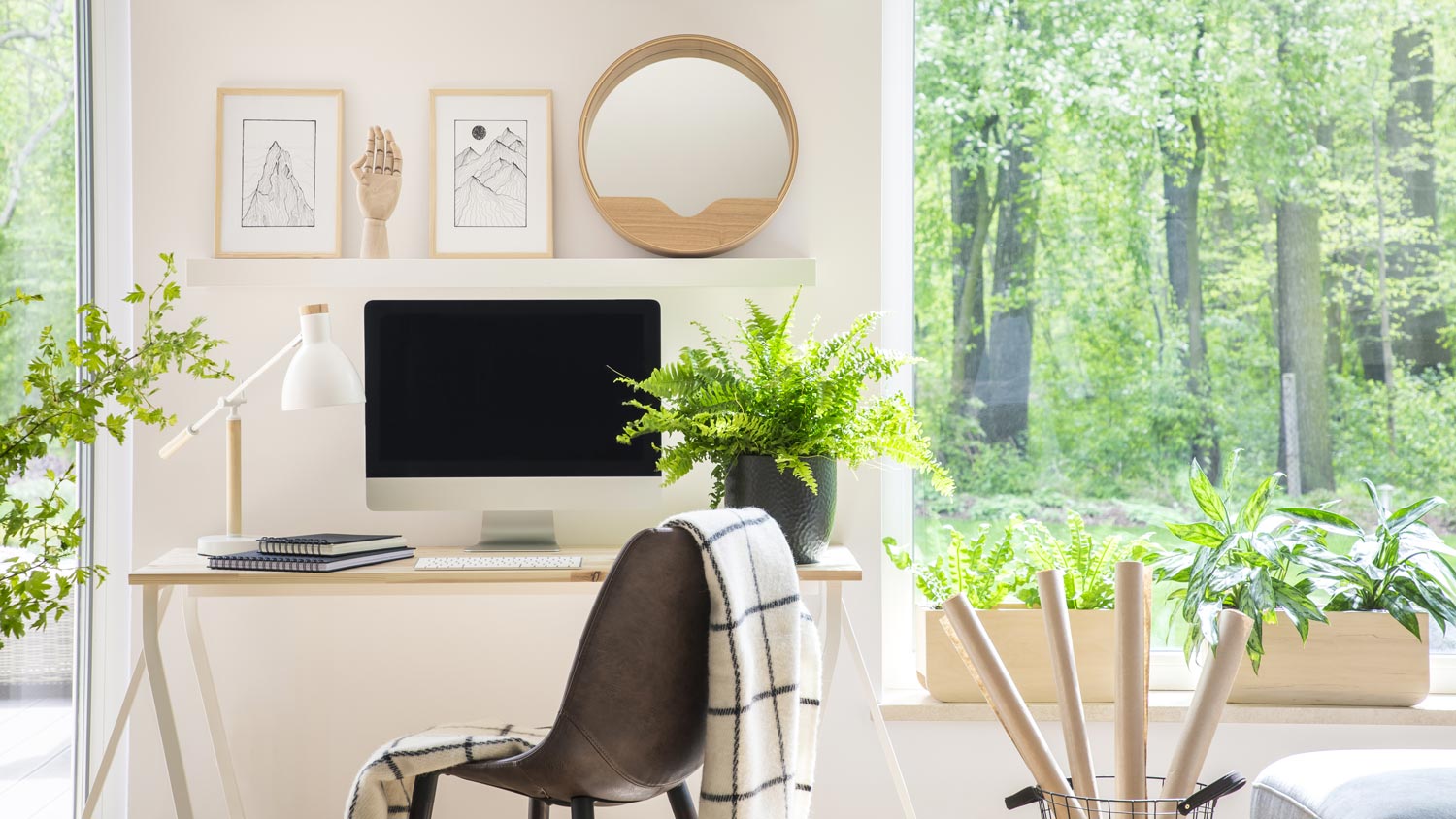
One of the guiding principles of biophilic design is to remove the barrier between the interior of our home and exterior nature. Windows are a relatively simple way to achieve this goal.
When designing a new home office, install windows that offer uninterrupted sightlines, without grid lines or decorative panes, to ensure an uninterrupted view. To create the illusion that you are sitting right in the forest, positioning the window’s apron lower than usual, falling below the line of the desk and more on par with the room’s seating.

You don’t have to break the bank to create a sense of natural harmony in your workspace. In fact, it can be incredibly simple. Choose a natural wood desk or table and add a small grouping of plants near your computer or workspace. Justin Hancock of Costa Farms, a wholesale plant nursery in North Carolina, suggests grouping plants in threes or fives for a more natural feel and to make plant care easier. “You’re more likely to notice them and centralize your plant care routine,” Hancock says.
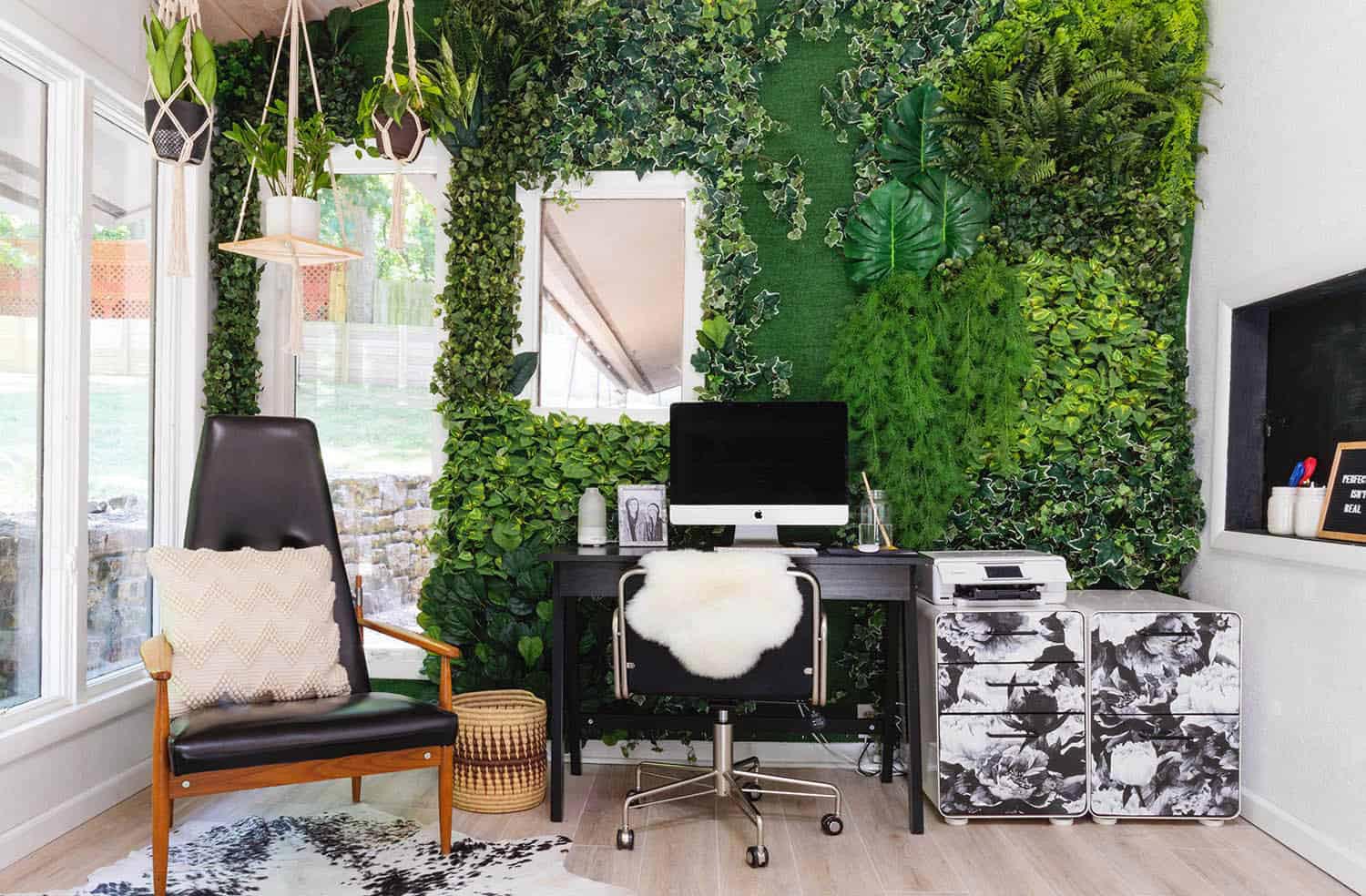
Vertical plant walls are a tentpole of biophilic office design, but keeping them alive might add more stress than the plants take away. Since biophilic design is rooted in the visual connection between people and nature, seeing green spaces is important, even if they aren’t real plants. Emma Chapman of A Beautiful Mess created this home office wall, and it’s made entirely from faux plants. When designing your vertical plant wall, consider adding a few real plants into the mix to give it a more authentic feel.
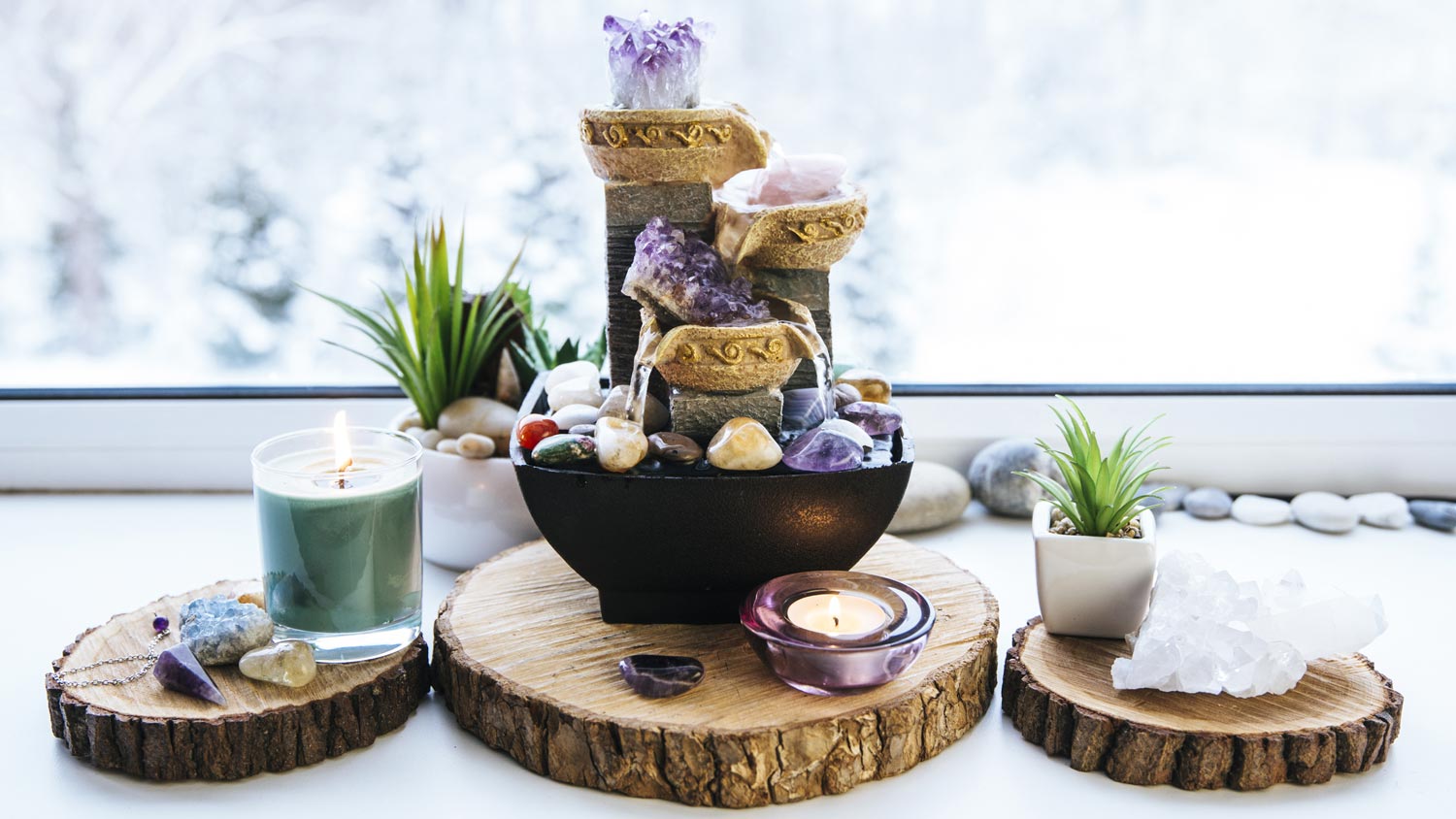
One DIY way to create a more biophilic home office is to add a small desktop fountain. You may have seen homes with elaborate backyard water features, but the addition of something that mimics the sound of a stream or a brook can be relaxing, making it easier for you to get your work done. Plus, the water adds some humidity to the room, which is a bonus for your skin and plants alike.
Jenniffer Walsh of Wellness Walks, who specializes in creating simple ways for people to connect to nature, suggests that in addition to plants and fountains, adding sounds like bird songs can enhance the audible connection to nature.
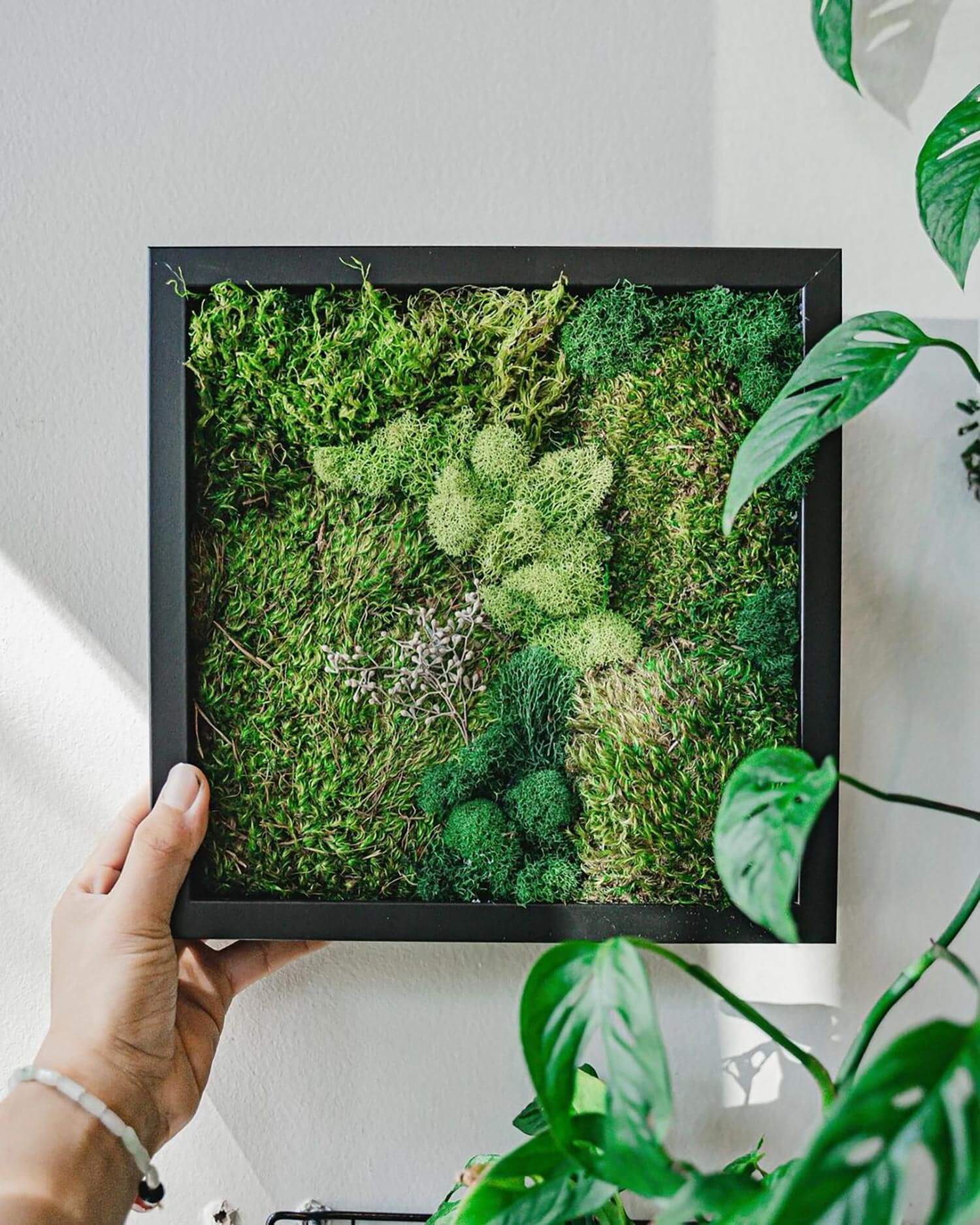
Not all biophilic elements require a lot of light or care. If your home office doesn’t have great light for plants, lacks a window, or you don’t have much of a green thumb, adding something to the wall that screams “forest floor” is an attractive and easy option. Look for no-maintenance plant art, such as this piece from The Terrace Plant Shop, which is made of 100% natural preserved moss.
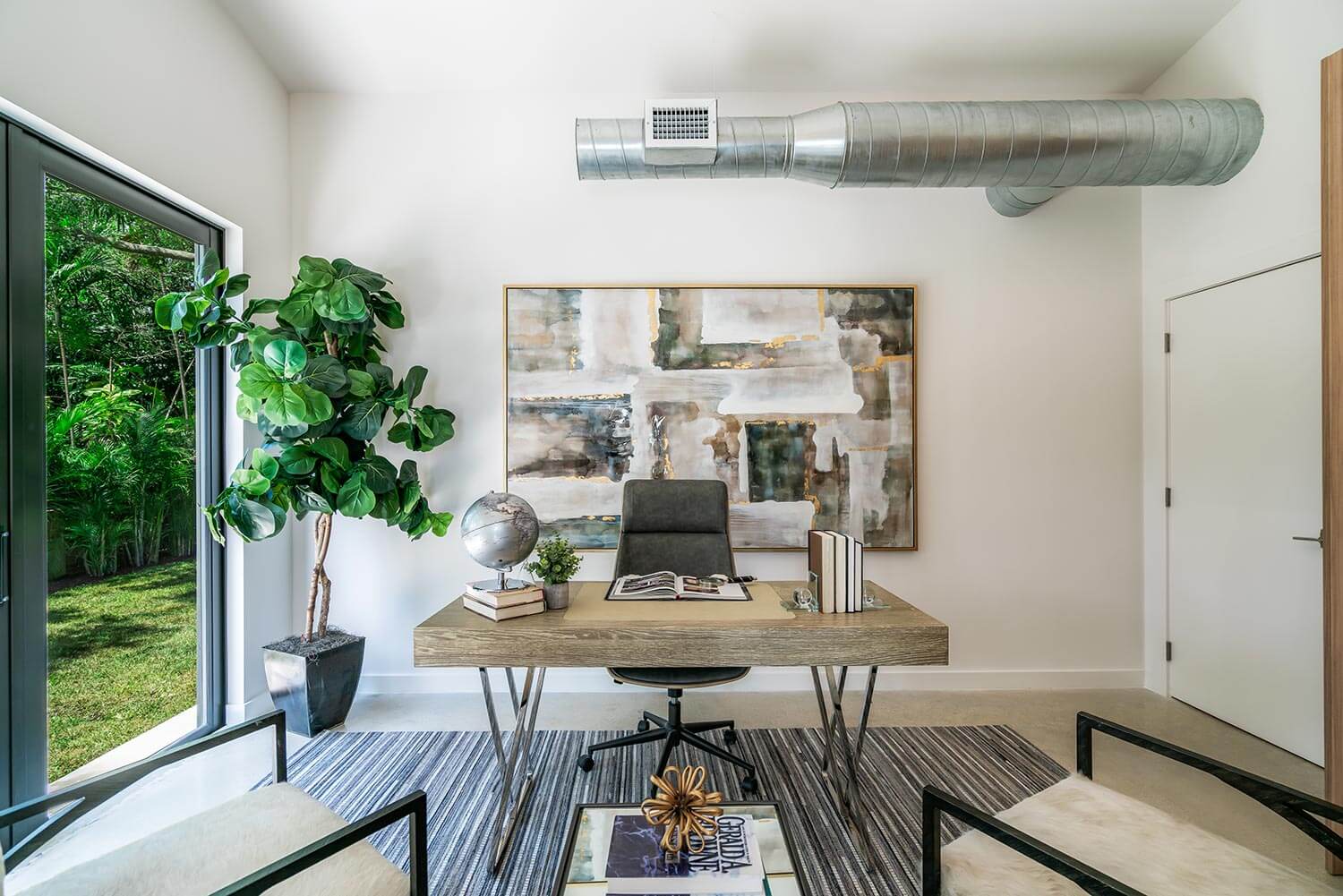
While it’s true that biophilic design tends to have organic lines and curves that mimic nature, it’s not a requirement. The contrast between natural materials and a more modern aesthetic can be a pleasing way to add biophilic elements to your home office. The natural wood of this desk works well because of its raw finish, and it complements the plant in the corner that mirrors the bright green of the yard. And even the art, though abstract, has organic colors and patterns that bring to mind stone or clay.
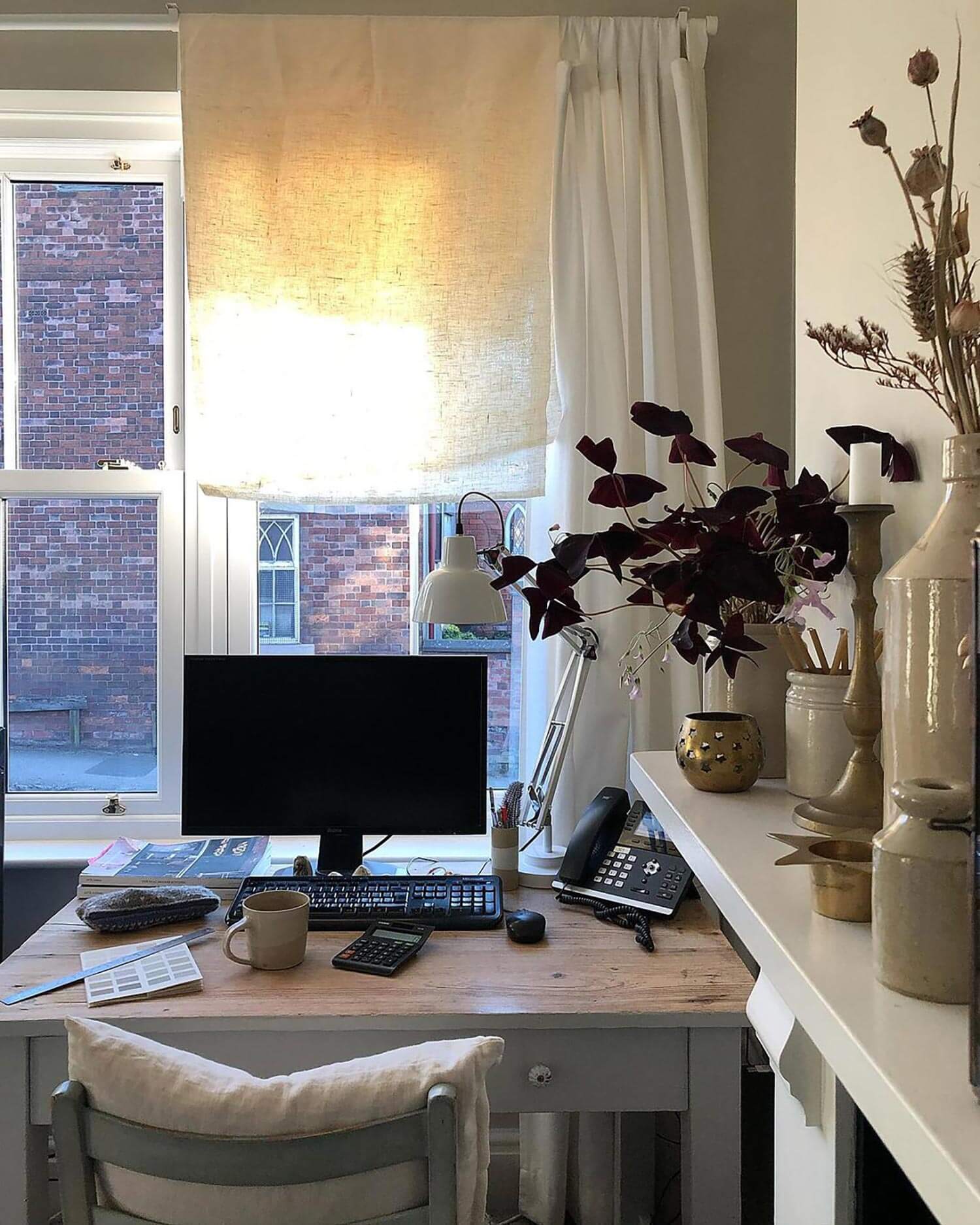
Though adding houseplants to your home is one of the easiest ways to incorporate the biophilic look, it isn’t always necessary to achieve a feeling of home office harmony. Many biophilic designers use natural colors, textures, and materials to liven up a home office space. Clay pots, linens, stone collections, and adobe walls work beautifully. In the home office of interior designer Josephine Bell, the addition of dried flowers and seed pods brings nature indoors in a chic, low-maintenance way.
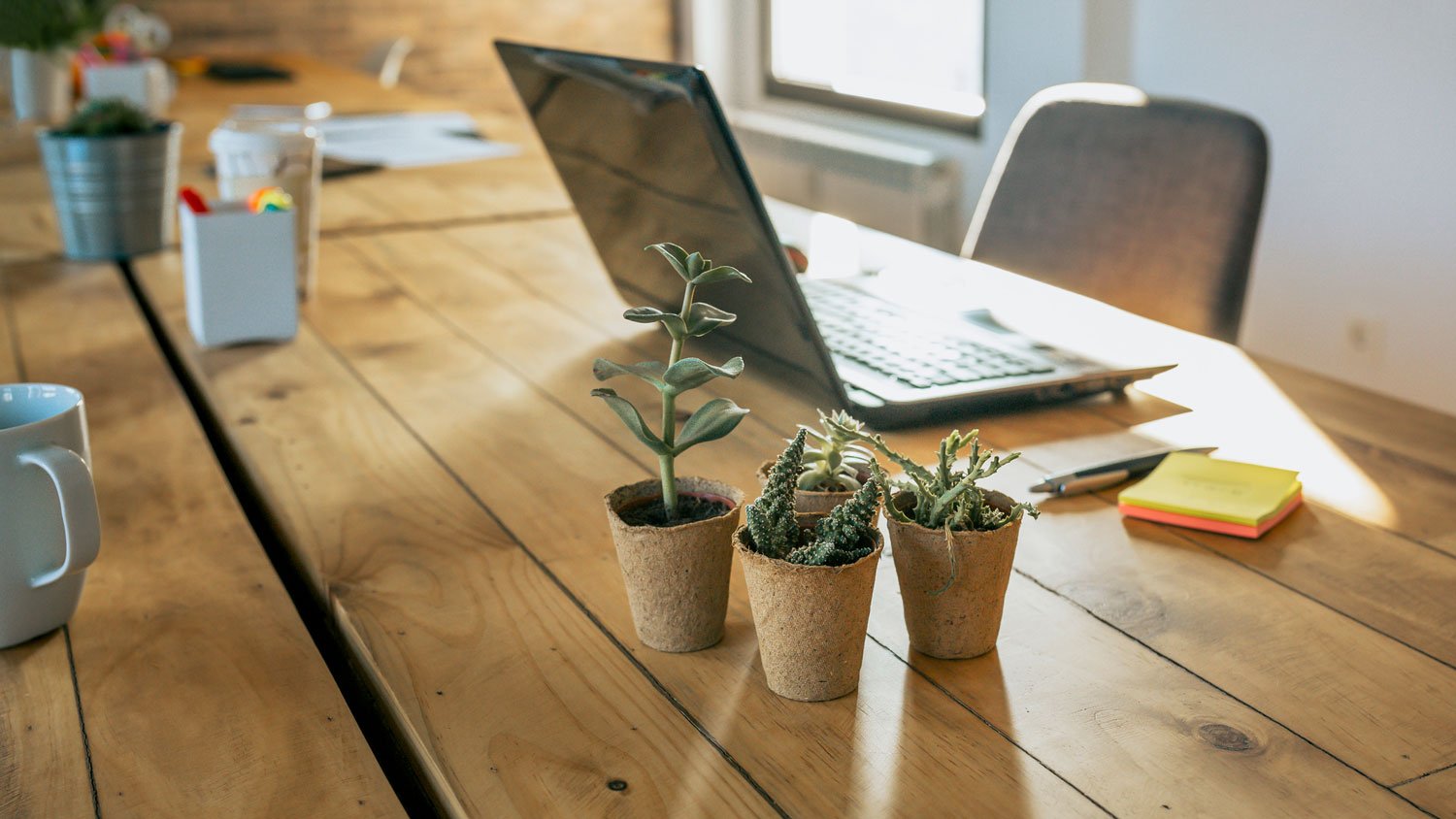
Ready to reconsider your desk? Biophilic design calls for natural materials such as rattan, wood, and clay, and there’s no better way to invoke the forest in your home office than with a wood-slab desk. A live edge piece allows you to interact with the texture of the tree itself. Look for pieces that are made from salvaged fallen trees or harvested from a sustainably managed forest.
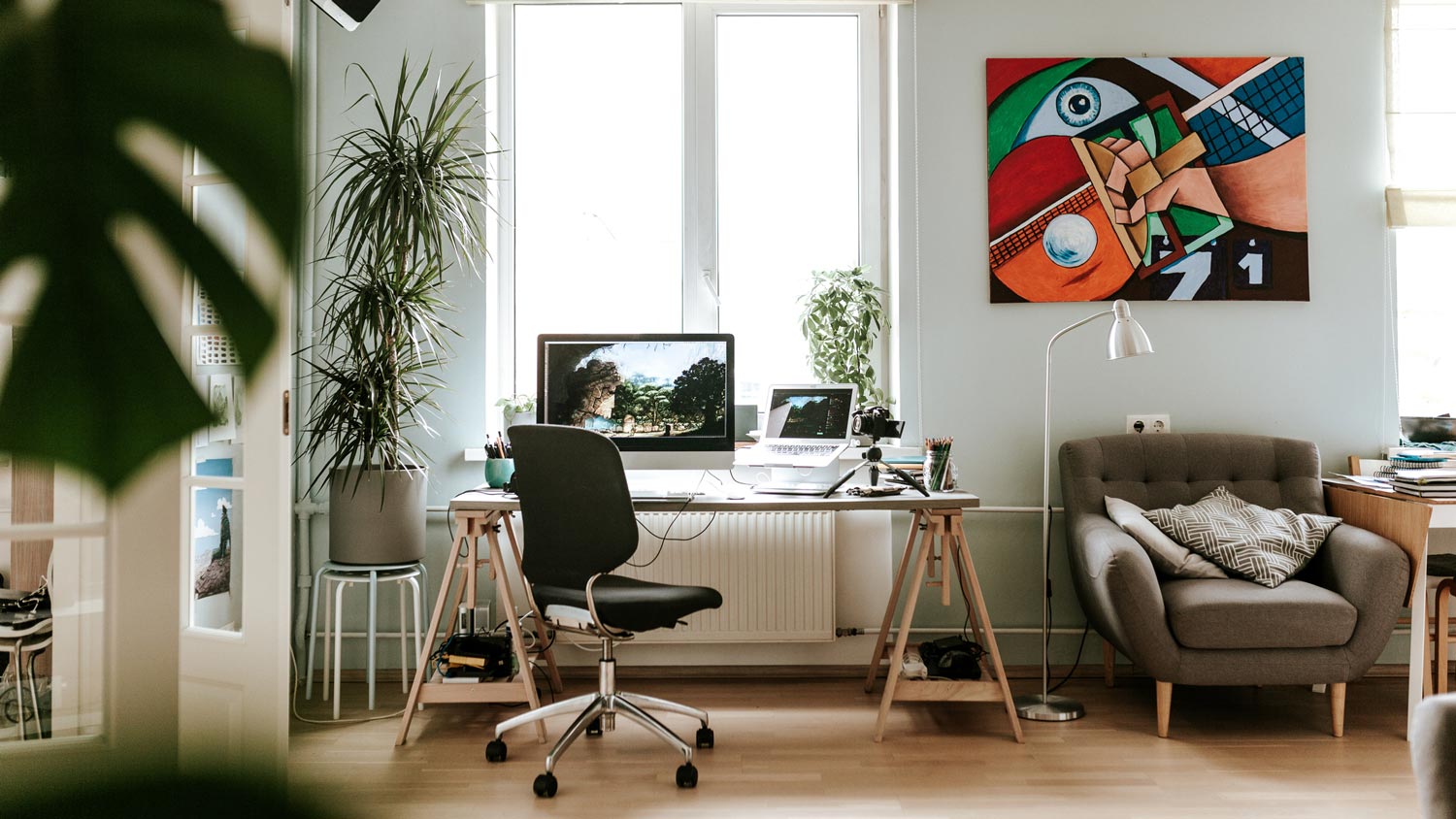
If you’re a houseplant person, biophilia is likely already happening in your home. Vertical plant walls or moss walls, along with houseplants, can take your home office from a workspace to a botanical paradise. Purchase houseplants of varying sizes, experiment with height by elevating plants on stands and tables and add ceiling hooks to hang plants. All the varying heights and textures will make you feel like you’re in a rainforest or at least a greenhouse.
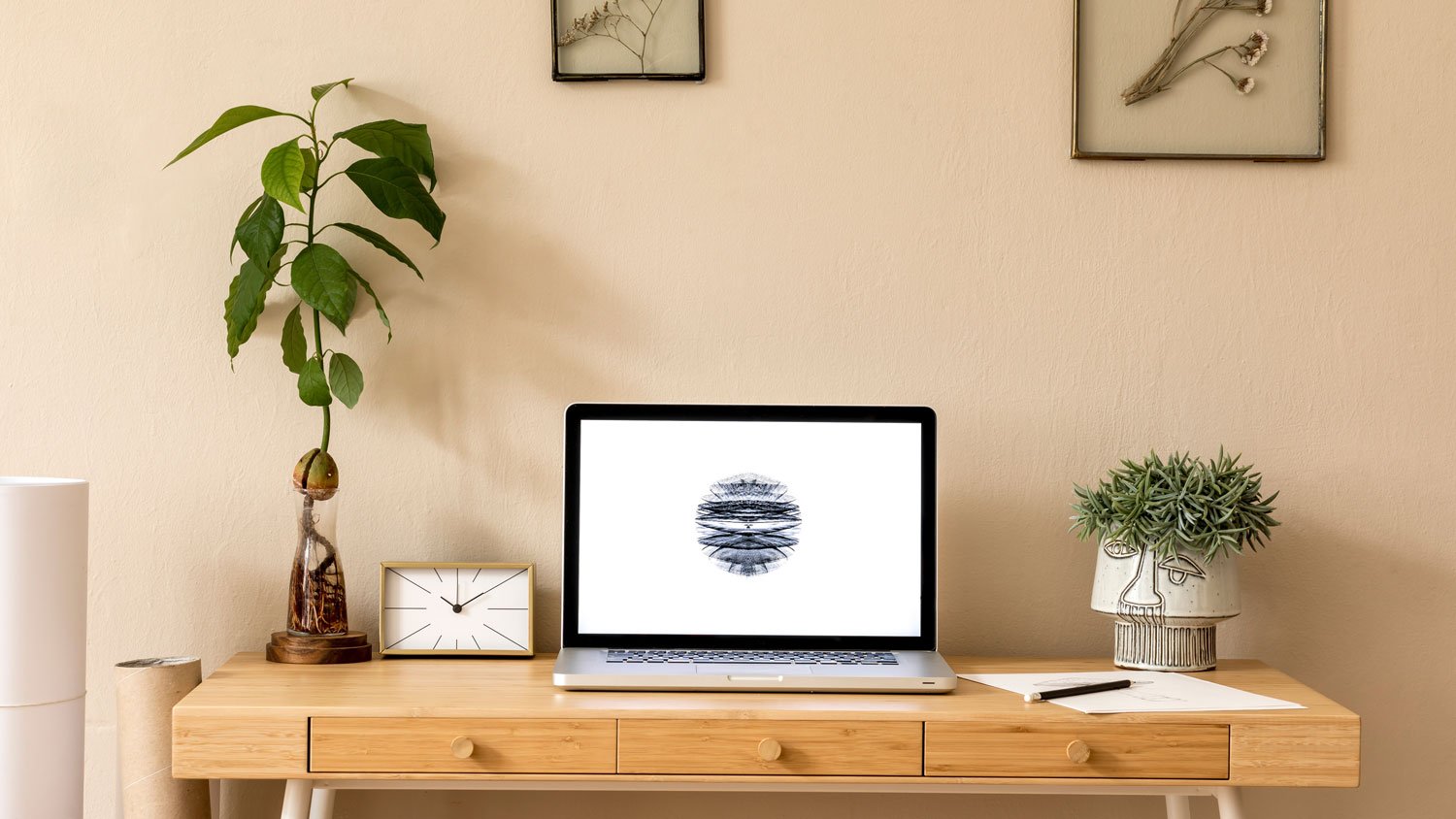
Although the idea of adding tons of plants to your home sounds great, it can become an expensive habit. The good news is there are plenty of ways to grow plants indoors on your own. Sprouting plants from cuttings or seeds not only provides greenery for less money, it embraces one of the biggest aspects of biophilic design: a direct line to natural, living things. There are dozens of small indoor garden setups that you can add to a corner of your office or cultivate right in your window.
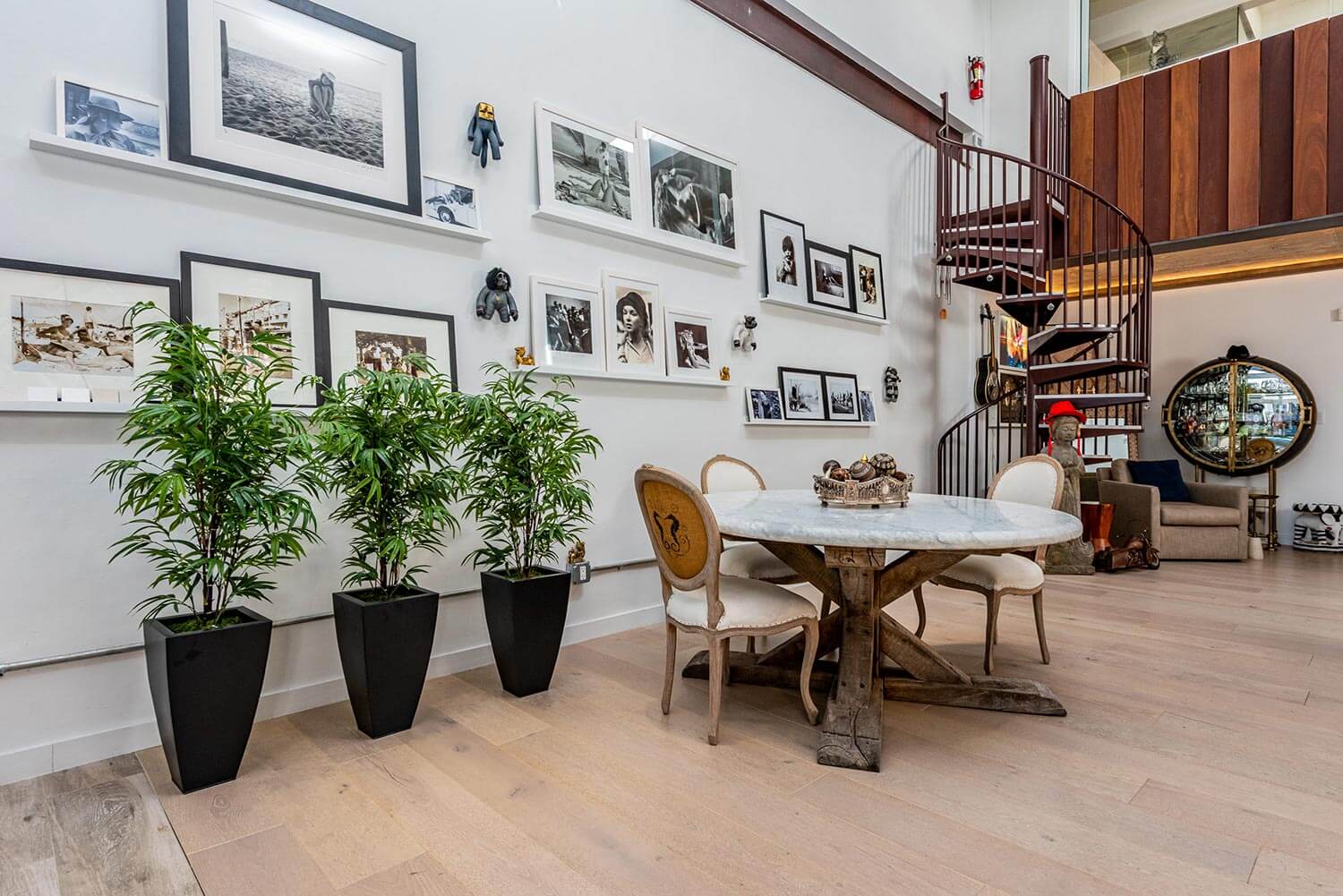
You don’t have to have an office that overlooks a forest or a lawn to embrace biophilic design. In fact, having a connection to nature in the middle of an urban environment is equally important. And because you’re dealing with nature, there aren’t any hard and fast rules. You can mix and match industrial, Victorian, and organic designs. Consider making small changes like adding mirrors to reflect the green space outside, grouping large plants, and adding collections of stones or pinecones that remind you of that last beautiful hike you took.
This urban live-work loft embodies the open airiness that’s a cornerstone of biophilic spaces. Hanging artwork and natural wood elements higher on the wall draw the eye toward the ceiling, adding to the feeling of spaciousness.

In biophilic office design, lighting can make a huge impact. Using dimmer switches and smaller lamps to create a calming atmosphere may work well in a bedroom, but it doesn’t always translate into a work environment. Instead of removing your overhead lights, enhance your room with mood lighting.
Edison lights and trailing plants can make any room feel cozy and woodsy, but taking care of a tangle of houseplants around lightbulbs isn’t exactly a recipe for relaxation. Instead, use faux plants to weave around lighting and keep your houseplants within reach.
From average costs to expert advice, get all the answers you need to get your job done.

Find out how much it costs to install crown molding by type and size. Use our expert guide to figure out how much crown molding you need, how much crown molding costs near you, and whether you need to hire a pro.
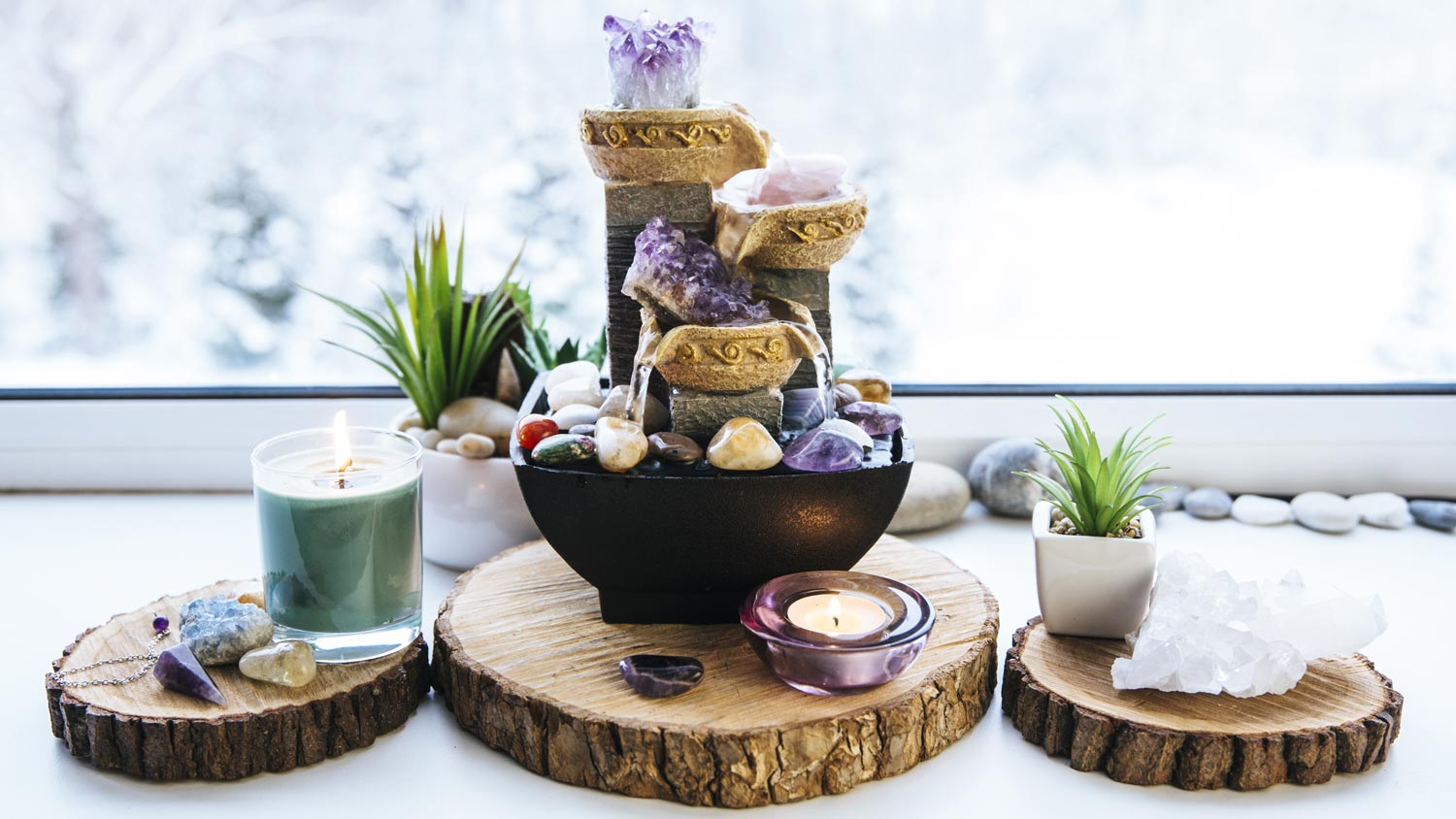
Discover the average feng shui consultant cost, what impacts pricing, and how to save on your consultation.

Discover the average cost of tin ceiling installation, including labor, materials, and key factors that impact your budget. Learn how to save and plan your project today.

Reinvigorate your home with the summer-ready decor trends welcoming us into the sunniest days of 2025. Find your favorite among these top 10.
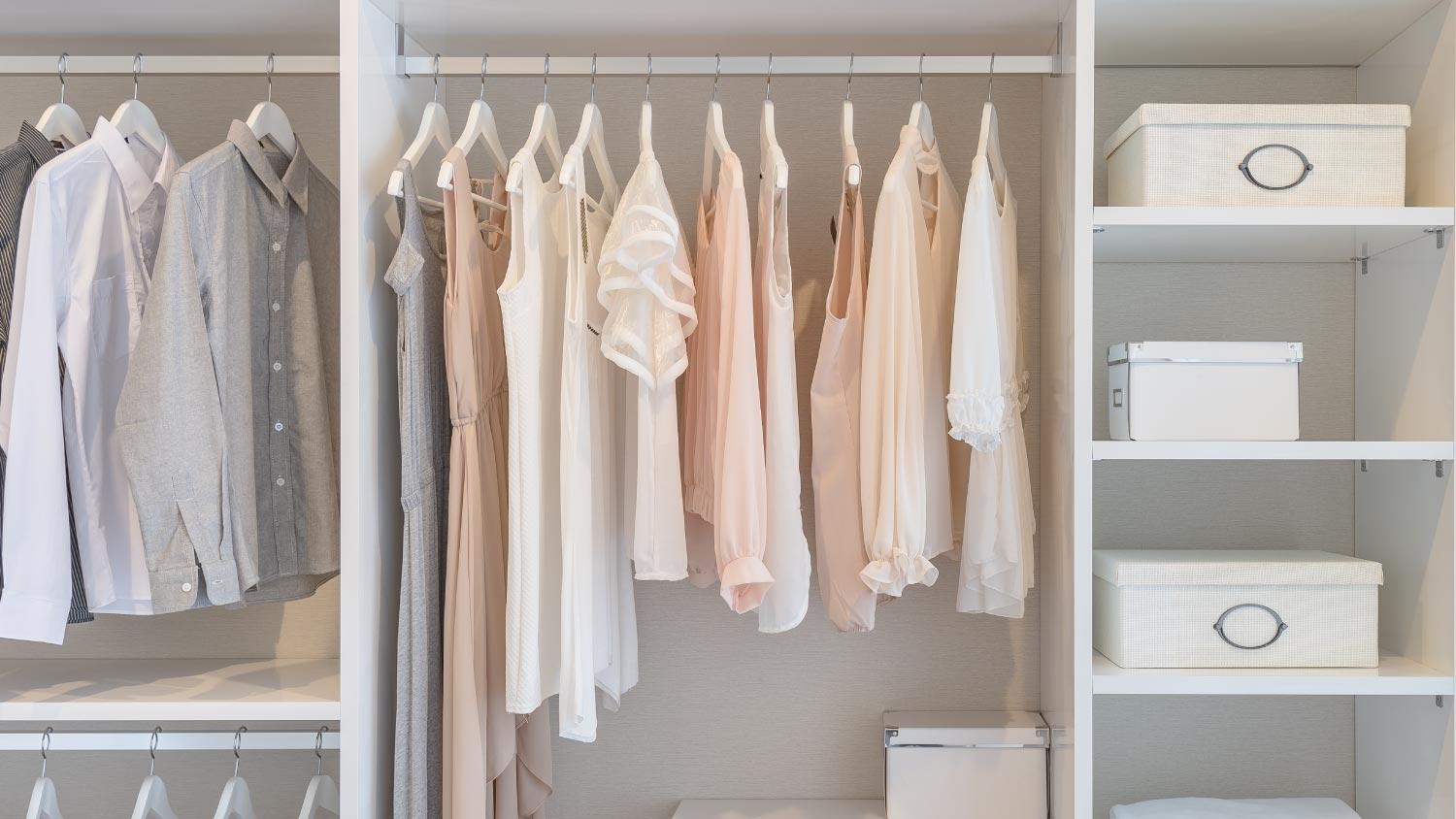
Discover the cost to install a built-in wardrobe. Learn about average prices, installation factors, and ways to save on your custom storage project.

There are a lot of crown molding materials to choose from, and you’ll need to know the benefits of each to know how to pick the best one for your needs.